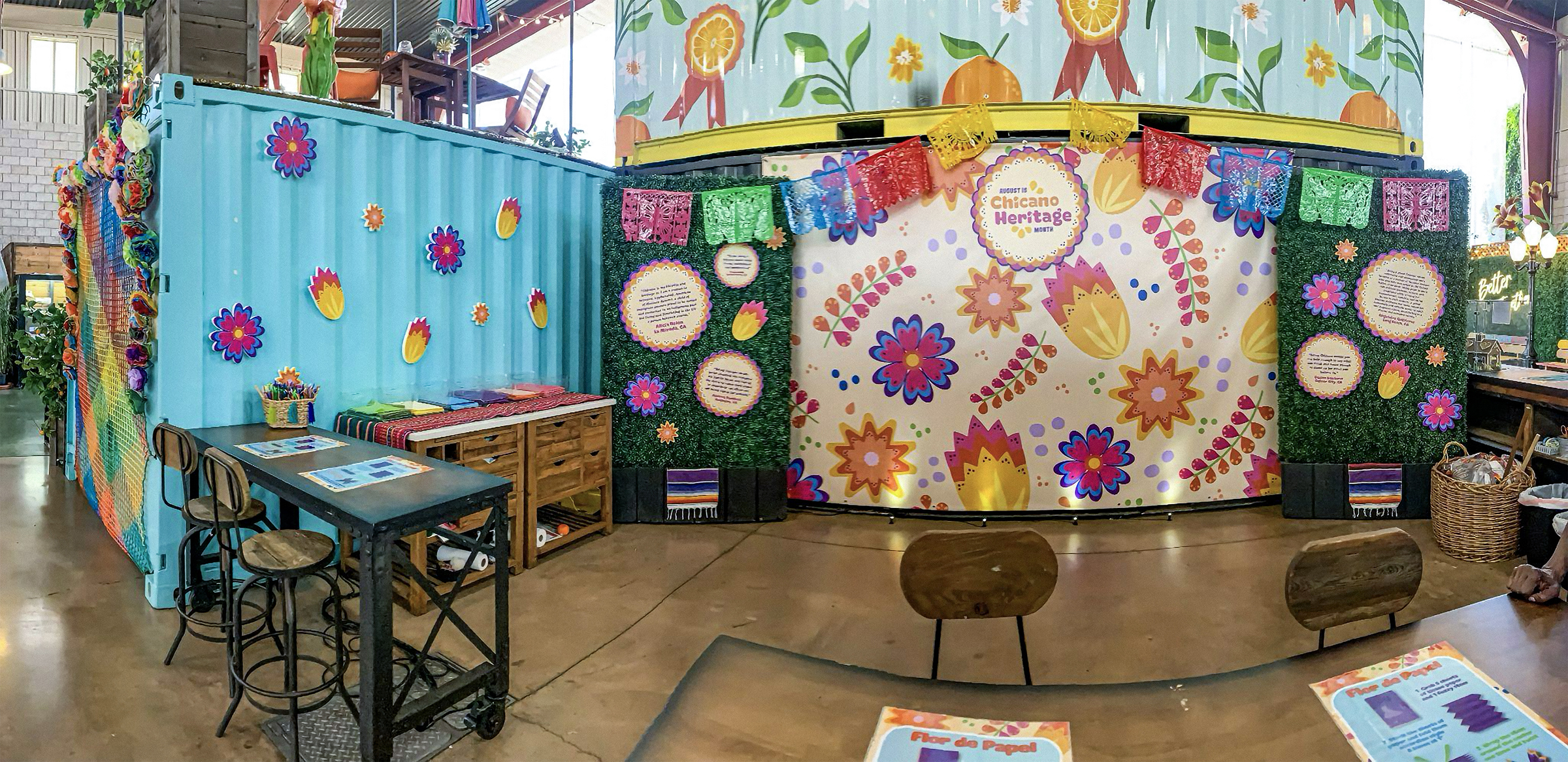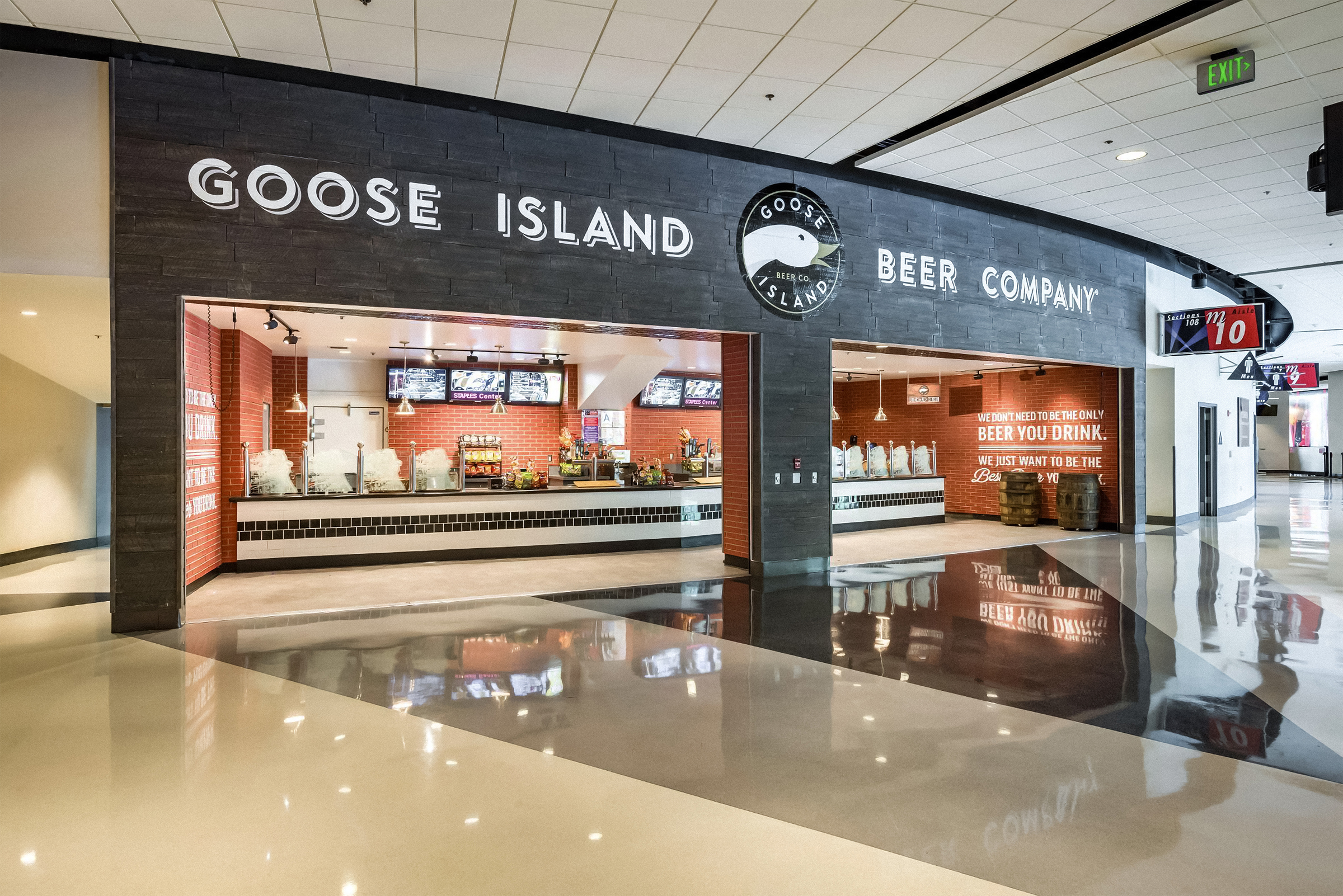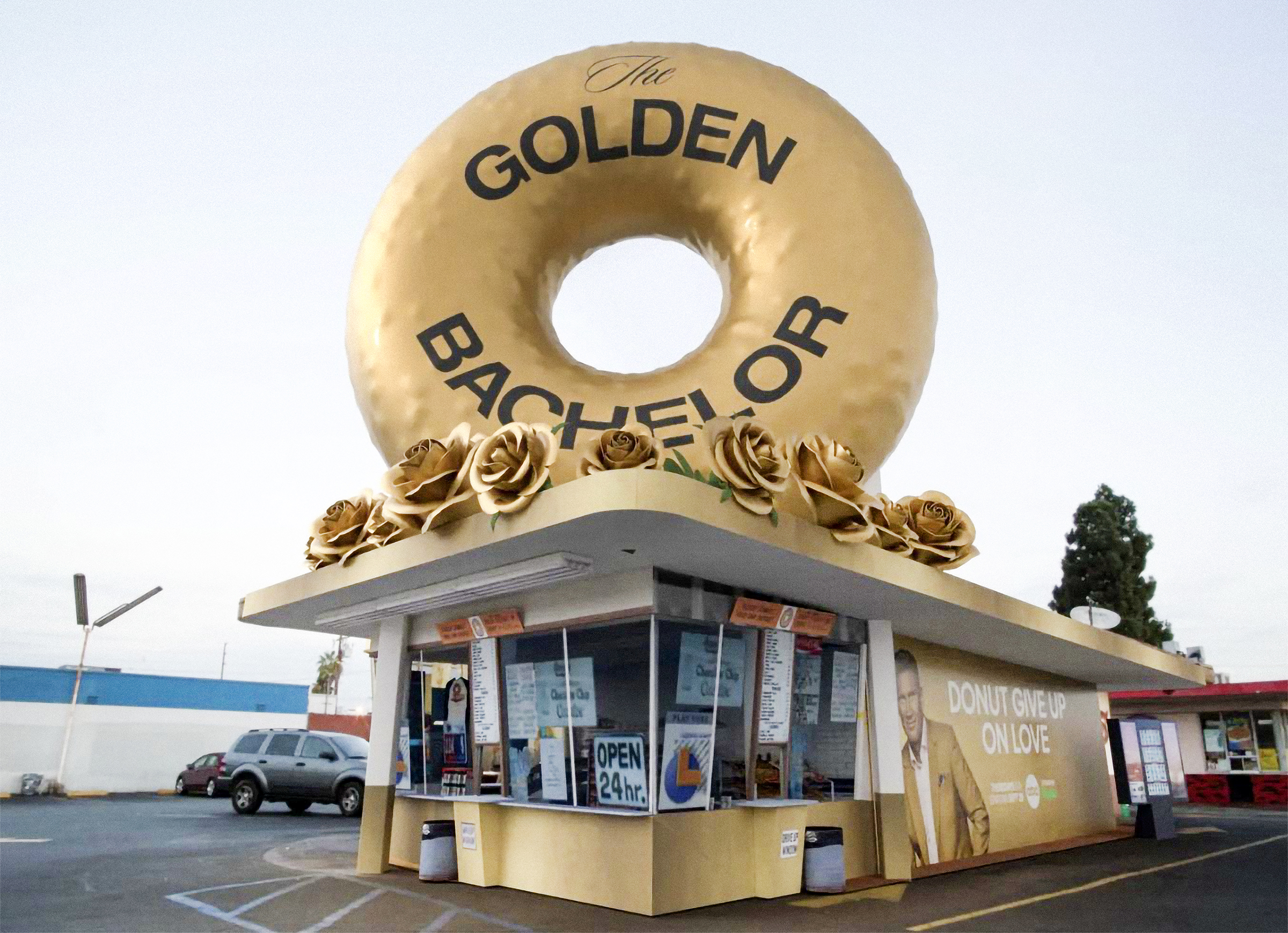If there is one commonality among companies designing and producing graphics for restaurants, it is the diversity of the presentation and experiences they must manage. Whether for quick service restaurants (QSR), where clarity and communication work to get customers served, fed, and on their way; to high-end dining, where subtlety and mood enhance the experience, the opportunities to have your own helping of this space are many. The challenges for graphics producers are in gaining the necessary knowledge of this vertical market — and having the skills and abilities to deliver.
The Intersection of Design & Decor
From both visual and practical standpoints, how are restaurant spaces different from, for instance, retail spaces? Kristen Dettoni, founder of Design Pool, says the restaurant industry is a part of the broader hospitality industry, so cleanliness is one of the biggest concerns. Because of this, she says, surfaces must be able to hold up to repeated cleaning. This reality also calls for the use of coated fabrics.
One of the things restaurants have in common with retail, Dettoni says, is the need to differentiate spaces. Just as retailers have had to designate spaces for BOPIS (buy online, pick up in store), restaurants are working to establish designated spaces for food delivery services such as DoorDash. In many cases, this space designation can be done using wall or floor signage.
While selecting colorways for a restaurant install is often the responsibility of a designer, Dettoni urges graphics producers to understand how color affects food consumption. “There is a lot of color theory around food,” she says, “whether for fast food or fine dining.” For instance, yellow can increase both appetite and anxiety. This is why the color is prevalent in fast-food settings. Coupled with hard seating, it ensures customers will eat, but won’t hang around too long.
In fine dining, where interiors are minimalist and austere to highlight the food, Dettoni is seeing a move — also seen in retail — toward approaches where the dining experience is heightened by the surrounding environment. Graphics can add to this change.
“One thing that drives me crazy is acoustics in restaurants,” Dettoni says. One way graphics producers can help lower the volume is by using printable panels that are acoustically absorbent.
Thoughtfully printed, these elements can become a part of the restaurant décor while they silently absorb the witty repartee of animated diners.
Careful consideration of materials can also contribute to the success of restaurant-focused work, and Dettoni says, “there is still a lot of opportunity from a materials standpoint.” A couple of examples: She says that while dividers started as a COVID-related effort, restaurants should consider keeping them, perhaps applying pattern to add both visual appeal and intimacy.
Window films can be used to prevent unpleasant direct sun glare. Printed laminate flooring can take the place of carpeting, which can become irreparably dirty. More broadly, she expresses the value of using quality materials. “Restaurants take a beating,” she says, noting, in theory, restaurants can expect to be refreshed every five years.
Appropriately durable printing on quality materials can expand that timeline significantly, she adds.
Asked what she would seek to learn from a restaurateur who reached out to her for a design project, she says she would begin by first asking if they have a vision in mind, and if not, asking to what degree they seek to highlight their brand in the restaurant interior. Asking about budget also provides critical answers that can influence the scope of the project. Flexibility is also key: “With any project,” she says, “there is always one thing a customer can’t live without. That one thing tends to be a focal point.” In some cases, to make that “one thing” possible, the project spend on other elements may need to be reduced.
A final observation from Dettoni about trends in the restaurant graphics space is that, today, trends are shifting so quickly that “anything goes. Many restaurants are trying to be the next trendsetter.”
Meeting the Needs of the Restaurant Space
At Los Angeles, California-based CR&A Custom, a wide-format company that has been in business for 30 years, a recent restaurant/food service-focused job was the creation of food service space for LA Live, now known as the Crypto Center.
Founder and president Carmen Rad says some of the more interesting recent restaurant work the company has done centers around special events and activations. These projects include, Marc Chagall-inspired window graphics for a special seder dinner at Wolfgang Puck’s restaurant, Spago. Also, the company did a recent activation centered around a collaboration between Taco Bell and Cheez-It.
Charlie Rueb, display division for Tukwila, Washington-based Rainier Industries, shares that the company, in addition to serving certain décor and signage needs on a national scale for Starbucks, also does work for higher-end restaurants in and around Seattle, and “boutique” restaurants that seat fewer than 100 people. He highlights a recent project, which included numerous interior elements for Seattle’s Mioposto restaurant. For restaurants, he says Rainier Industries commonly does wallcoverings, ceilings, dividers, and acoustical dampeners, which he says is the fastest growing application area in the restaurant space.
Rad says that because CR&A Custom is a “visual solutions company,” it can bridge the gap between signage-focused and décor-focused restaurant applications. As a result, it is able to handle a wide variety of requests.
Rueb says that among Rainier Industry’s restaurant work, décor applications take up the most square footage of printing. “We’re seeing a lot more branding using wall coverings,” he says, “even putting stuff in bathrooms.” And he says restaurateurs are seeking something new for their spaces: flexibility, which can be enabled using fixtures that allow for quick, easy change-outs. This can help keep spaces fresh at minimal expense.
Both confirm the influence of social media affects how restaurant spaces are presented today. Rad says it is becoming more common for restaurants (and other spaces) to want elements that will compel people to post to, say, Instagram. This, Rueb says, can be a selfie station or a neon element with a funny, inspiring, or boastful message.
Rueb says a primary difference he sees between restaurant and retail spaces is, “retailers want it to look nice, but are more concerned about price, durability, and disposal.”
Conversely, he says, restaurants want quality, and they are willing to spend money on good materials. And, because they want real materials — not prints of wood, for instance, but actual wood — they must also deal with the way they reflect sound. Because of this, acoustical control, as stated, has become increasingly popular.
“It doesn’t matter if it’s a donut shop or a fine dining restaurant, they’re all looking at their restaurant and taking more time to look at decisions and details that make a space unique.”
—Carmen Rad, CR&A Custom
One way Rad says restaurant-focused customers are different is that all work must be done during downtime, such as days when the restaurant is not open. Scheduling becomes even more critical, she says, when work is focused on a specific event or activation. This is magnified by the fact that much of the work must also be installed. “We are in the events printing industry,” she says, “so timing is critical.”
The biggest change Rueb sees in the restaurant industry is a move from nationwide consistency in the look of spaces to a more regionalized approach — a reality likely brought about by the capabilities of wide-format digital printing.
Further, he says turn times have shortened drastically: “We used to have months on jobs, now people want it done in a couple of weeks.”
Asked how she thinks serving the restaurant space has changed — in addition to the increase in activations — Rad believes the bar has been raised. People are looking for better, more engaging work
“It doesn’t matter if it’s a donut shop or a fine dining restaurant,” she says, “they’re all looking at their restaurant and taking more time to look at decisions and details that make a space unique.”









